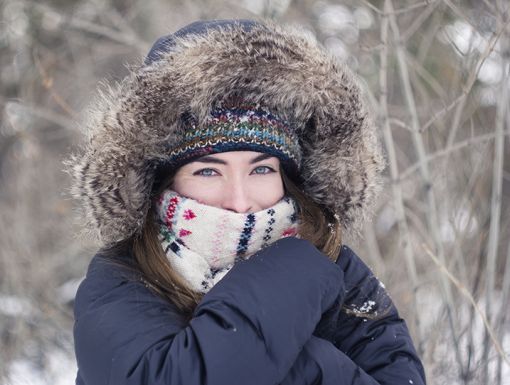
Using Heating Equipment Safely
When temperatures drop, you rely on the heater in your house to keep you warm. But did you know that heating equipment is a leading cause of home fire deaths?
To help prevent a heating-related fire from occurring in your home, follow these simple tips to stay warm and safe.
1. Never use an oven or a gas or electric range as a heating source. This poses a fire hazard, as well as releases dangerous fumes such as carbon monoxide.
2. Keep a safe perimeter around electric space heaters. Make sure the heater is away from water or flammable items such as curtains, paper, blankets or furniture. Check for faulty wiring that can cause electric shock or fire. Supervise children and pets around space heaters. Also, remember to turn heaters off before leaving the room or going to sleep.
3. Have a professional inspect your gas heater at least once a year. A heater or furnace with leaks or cracks could release carbon monoxide into your home or cause a fire.
4. If you use a fireplace, have a professional inspect and clean it every year. Keep flammable materials away from the open flame area. Do not burn trash, cardboard boxes or items that may contain chemicals that can poison your home.
5. If you use a wood-burning stove, a professional should inspect and clean the chimney each year. Make sure you have a safe perimeter around the stove, which can radiate excessive heat. Place it on a flame-resistant surface and use a screen to keep sparks and hot coals from coming out of the stove. Use safe woods, such as oak, hickory and ash. Avoid pine and cedar.
6. Check all of your home's smoke detectors to see if they are working properly. If they're battery operated, change the batteries. There should be one of each type of detector on every floor of your home. According to the U.S. Federal Emergency Management Agency, more than 2,500 people die and 12,600 are injured in house fires in the United States each year.
7. Install a carbon monoxide detector on every floor of your house as well. Carbon monoxide (CO) is a poisonous, colorless, tasteless, odorless gas that is produced from the incomplete burning of fuels that contain carbon, such as wood, charcoal, gasoline, coal, natural gas or kerosene.
Breathing carbon monoxide fumes decreases the blood's ability to carry oxygen. Low levels of oxygen can lead to cell death, including cells in the vital organs, such as the brain and heart. Persons with existing health problems, such as anemia, heart disease and lung disease are especially vulnerable, as are unborn babies, infants, children, pregnant women and elderly persons.



